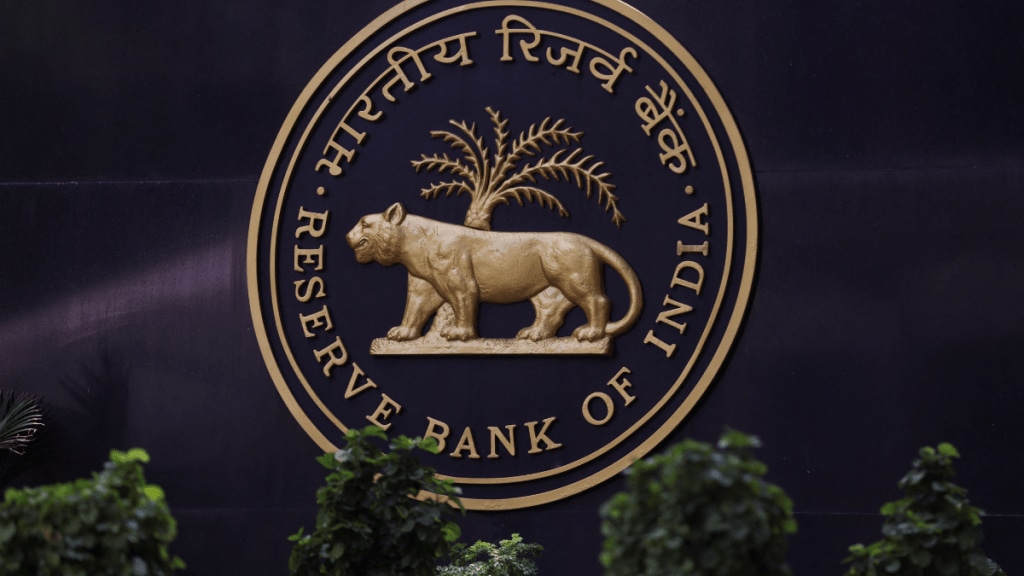Amid weak private consumption and uncertainty of a pick-up in private investments, economists say that the Reserve Bank of India’s (RBI) assumption of a 7% GDP growth in FY25 seems “optimistic”. Most economists have pegged next year’s growth around 6.5%.
In the current financial year, India’s GDP is expected to grow at 7.3%, according to the first advance estimates of the National Statistical Office (NSO).
Sudipto Mundle, chairman at Centre for Development Studies, said that the private investment cycle has not yet kicked in, which poses a major downside risk to growth next year.
“Also, so far, public capex has been driving domestic growth, but for FY25, the interim Budget has raised its outlay by a modest amount…so, it may not support growth as much as it did this year,” he said. Mundle sees growth around 6.5% in FY25.
The interim Budget has pegged the Centre’s capital expenditure target for the next fiscal at `11.1 trillion, up 17% from the revised estimate of `9.5 trillion for FY24. The 17% projected growth is the lowest in five years.
The RBI said last week that looking ahead, recovery in rabi sowing, sustained profitability in manufacturing, and underlying resilience of services should support economic activity in FY25.
“Among the key drivers on demand side, household consumption is expected to improve, while prospects of fixed investment remain bright owing to upturn in the private capex cycle, improved business sentiments, healthy balance sheets of banks and corporates; and the government’s continued thrust on capital expenditure,” the RBI noted in its monetary policy statement for February.
“The RBI’s assessment of growth (for FY25) is optimistic as we don’t see any major revival of private consumption from the current levels, next year,” said Sakshi Gupta, principal economist at HDFC Bank, who expects GDP to grow at 6.4% in FY25. “In the next six months, given the slowdown in consumption, we don’t see private capex rising substantially,” she added.
Data sourced from the Centre for Monitoring Indian Economy (CMIE) showed that announcements of investments by the private sector in the September and December quarters have dipped by 66% and 70%, respectively. In the first nine months of FY24, investments worth `8.56 trillion have been announced, much lower than `24.47 trillion announced in the entire FY23.
The NSO has projected private final consumption expenditure (PFCE) to grow merely 4.4% in FY24, at the slowest rate since FY03, due to insipid rural consumption. This excludes the pandemic year FY21, when PFCE had contracted 5.2% on year.
The rural wage growth has also remained sluggish in the current fiscal. As per India Ratings and Research, rural wages of agriculture and non-agriculture workers have grown merely 0.6% and 0.3% in H1FY24, while urban wages have grown by 5.6%, and that of corporate India by 7.9%.
IDFC FIRST Bank’s economist Gaura Sengupta said that growth moderation next year would be led by a slowdown in urban consumption and lesser support to companies’ profit growth from input costs reduction. She sees GDP growing at 6% in FY25.
Kotak Mahindra Bank’s chief economist Upasna Bhardwaj, who expects GDP to grow 6.7% in FY25, said: “We have accounted for volatility in global growth going ahead, and we remain skeptical on the sustainability of urban demand holding up.”
The International Monetary Fund has projected the global economy to grow 3.1% in 2024 at a similar rate to that of 2023. It expects India’s economy to grow 6.7% in FY24 and 6.5% in FY25.
The Organisation for Economic Co-operation and Development (OECD) has pegged India’s GDP growth at 6.2% in FY25.
